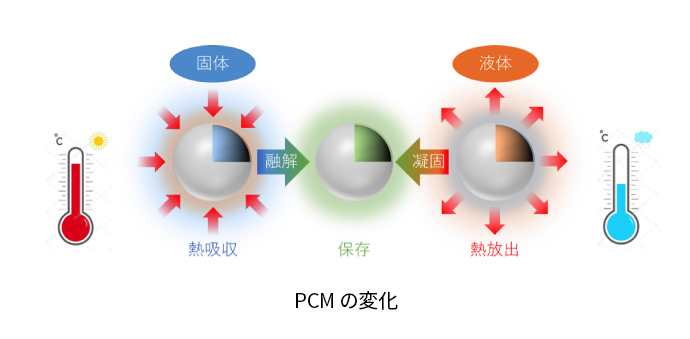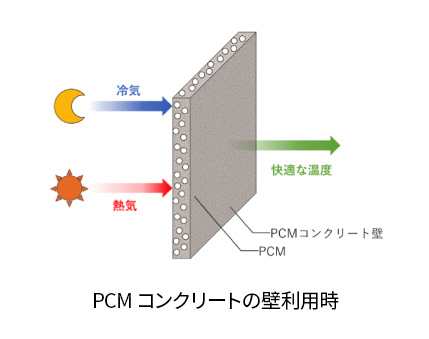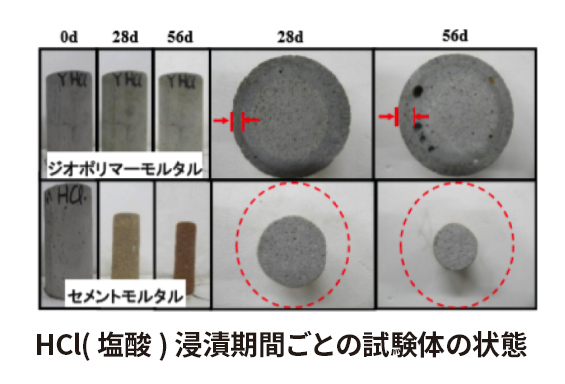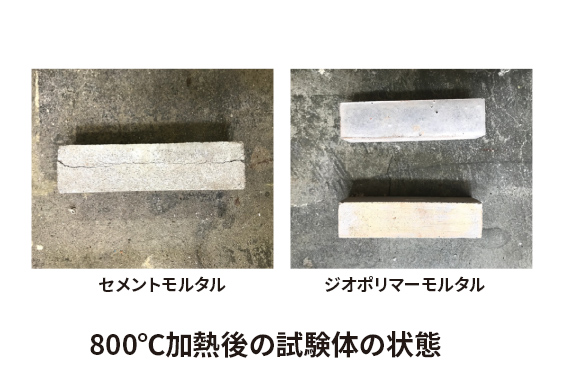Development of practical seismic
technology for RC structure
and improvement of durability
Reinforced concrete (RC) structure buildings are required to have strength and durability. RC structure buildings need to be strong and tough enough to withstand seismic forces. In addition, after the Great Hanshin Earthquake, as seismic diagnosis and renovation of existing buildings are being carried out, how to reinforce them has become an issue, and the elasto-plastic behavior of the joints of columns and beams assuming seismic force. We are proceeding with research on. In addition, we are working on the development of a wide range of practical seismic technologies, such as reinforcement using various continuous fiber reinforcing materials (CFRP) and research on seismic control materials using viscoelastic material. Furthermore, we are conducting research and development of new materials for the purpose of improving the durability of RC structures.

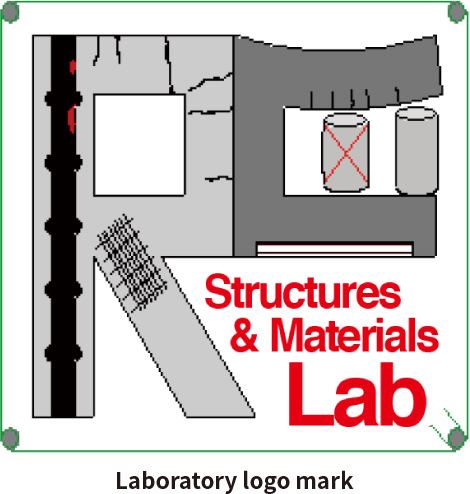
Research theme
01
Self-repairing concrete using a network
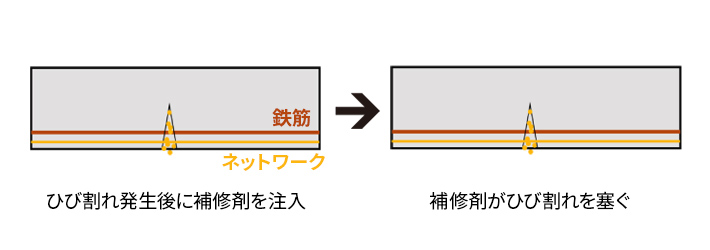

Research theme
02
Self-healing concrete using bacteria
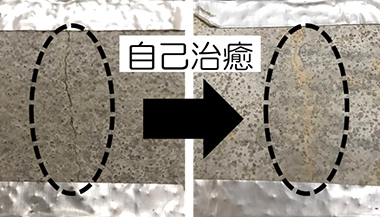

Research theme
03
Development of non-fired bricks using fly ash
●Non-firing brick manufacturing research
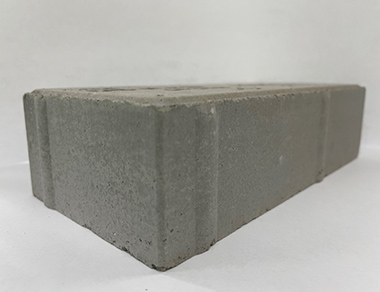

Research theme
04
Use for RC structures using
superelastic alloys

Research theme
05
About foam concrete using Phase Change Materials(PCM)
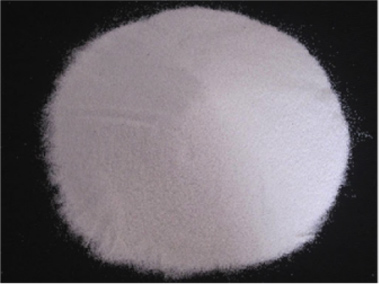
通水試験を実施
Research theme
06
Environmental benefits and physical characteristics of geopolymer concrete
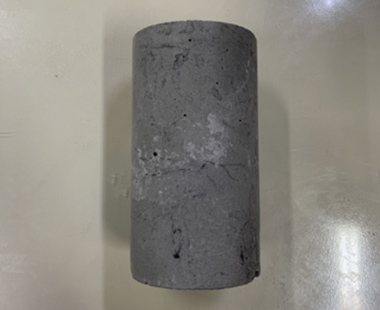
-
The main materials that make up geopolymer concrete
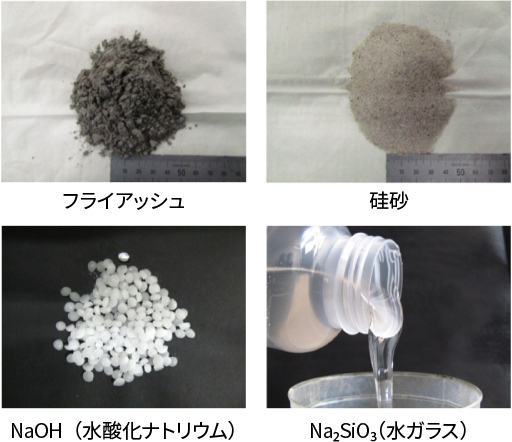
-
CO2 emissions per m3 of concrete
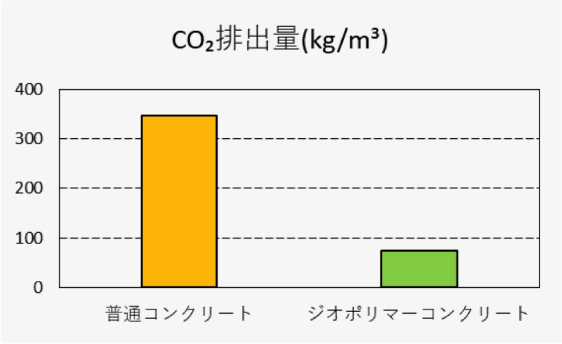
Research theme
07
Development of del geopolymer for the purpose of reducing environmental load
Research theme
08
LOHAS building materials
and technology
-
Fire testing experiment of building materials
We actually burn various building materials, measure the flammability and the amount of harmful substances generated, and investigate the degeneration performance of the materials.
-
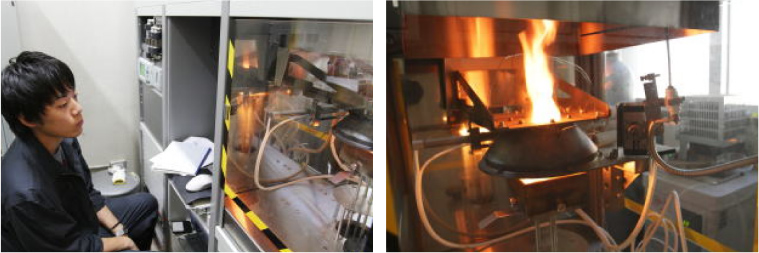
-
Non-fired brick manufacturing research
Research on building blocks and non-burning bricks using fly ash (coal ash) produced after burning coal at a thermal power plant. Contribute to research and conservation by reusing waste.
-
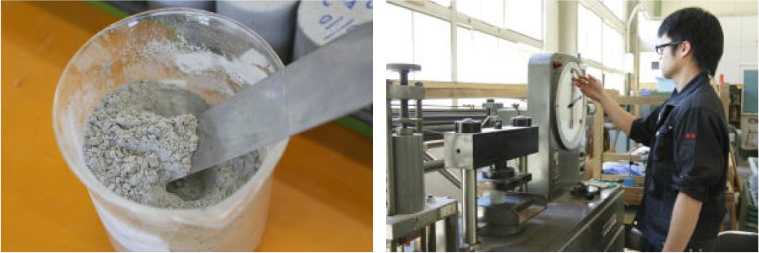
-
Reinforcement technology of historical buildings
Reinforce by inserting steel pins diagonally from the tile joints. It is a technique to reinforce a historic building made of red brick without spoiling the appearance.
-

Laboratory
What you can learn at
Department of Architecture
Reinforced Concrete (RC)
Structure and Materials Laboratory
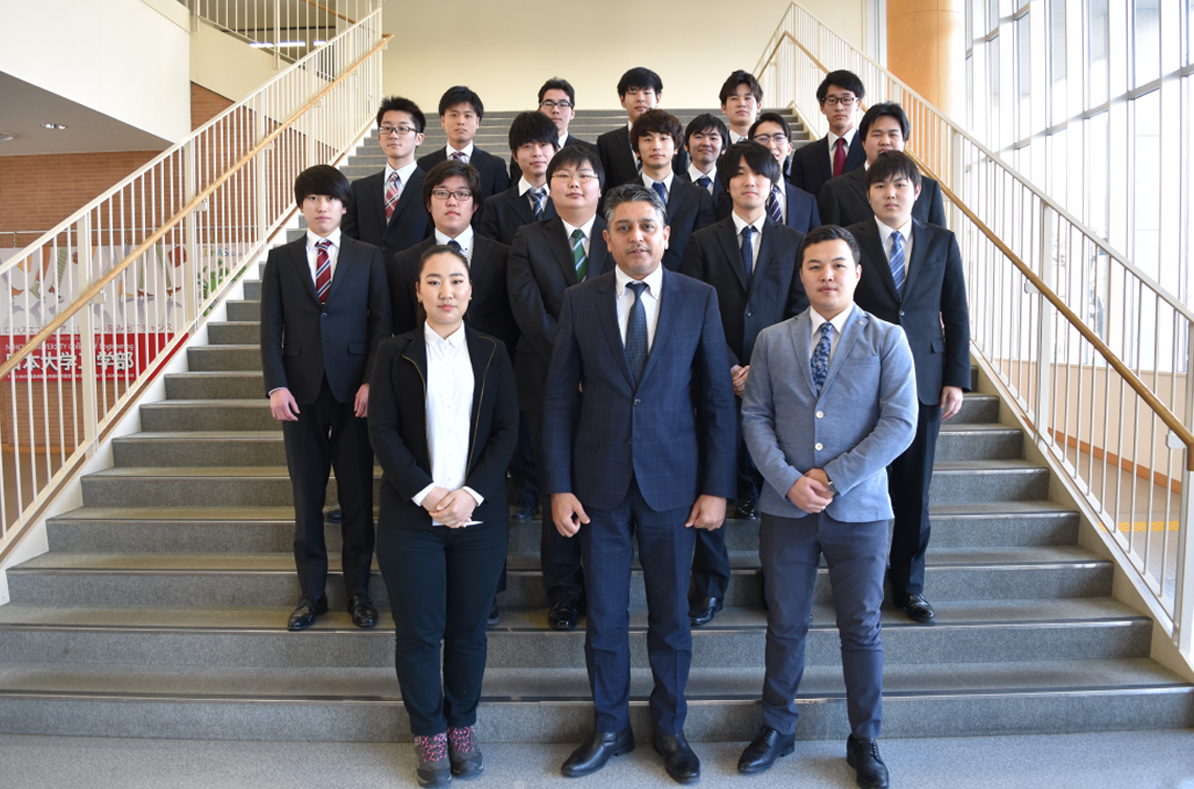
RC structures are one of the most interesting areas of architecture. After the Great Hanshin-Awaji Earthquake, seismic diagnosis and recovery of existing buildings are being carried out, and the issue is how to reinforce them. In our laboratory, we are learning practical seismic techniques through various material experiments and analysis, and researching and developing the latest building materials in consideration of reducing environmental load.
RESEARCH
RESULTS
Yearly research by faculty members and members
2020
- Graduation research
-
Basic research on optimal formulation design of self-healing mortar using bacteria
- Comparative study by water flow test -Murakoshi Bunta
- Graduation research
-
Study on unfired brick manufacturing method for CO₂ reduction in India
- Effects of differences in curing conditions and molding pressure on compressive strength -Torataro Arai
- Graduation research
-
Development of a sliding seismic isolation mechanism for school buildings damaged by the Gorkha Earthquake in Nepal
Soichiro Kanno
- Graduation research
-
Consideration of the development of multipurpose composite materials aimed at realizing a decarbonized society
- Development of Carbon Capture Concrete (CCC) -Yutou Kanno
- Graduation research
-
Basic experiment on frost damage resistance of fiber-reinforced geopolymer mortar
Hayato Sakiyama
- Graduation research
-
INDIA GREEN WALL MEGA PROJECT
-An oasis of tree planting to remember the deceased-Yuta Sato
- Graduation research
-
Examination of the combustion state of architectural sandwich panels in a partially defective state
- Horizontal and vertical heat generation tests using a cone calorimeter -Takushi Shimakura
- Graduation research
-
Thermal energy storage properties of aerated concrete containing Phase Change Material (PCM)
Yusuke Suzuki
- Graduation research
-
Examination of strength properties of building materials at cryogenic temperatures - Material strength tests of superelastic alloys and GP mortar -
Shuhei Yoshinari
- Master's thesis
-
Research on the application of environmentally friendly geopolymers using fly ash as construction materials
Sunjidmaa SAMBUUNYAM
- Master's thesis
-
Development of energy-efficient building materials using phase change material (PCM) mixed fly ash foam concrete
BAT-ERDENE PUREV-ERDENE
2019
- Graduation research
-
Study on unfired brick manufacturing method aimed at reducing CO₂ in India
- Examination of composition using incinerated ash as fine aggregate and influence of differences in curing conditions on compressive strength -Kei Ishiyama
- Graduation research
-
Structural characteristics of RC members using superelastic alloy main reinforcing bars subjected to cyclic positive and negative loading
- Crack diagram and fracture properties -Ren Ito
- Graduation research
-
Experimental study on strength properties of high substitution rate fly ash mixed mortar - Effects of autoclave curing and fiber reinforcement -
Ryota Uemura
- Graduation research
-
Verification by non-destructive testing using X-ray CT of concrete with artificially introduced defects
Shunta Owaki
- Graduation research
-
Basic research on self-healing mortar using bacteria
- Comparative study based on cement type and amount of bacteria -Hironaga Kawasaki
- Graduation research
-
Experimental study on curing time and strength of geopolymer mortar cured at room temperature
Hiroki Kunii
- Graduation research
-
Development and research on restoration technology for school buildings damaged by the Gorkha Earthquake in Nepal
- Sliding seismic isolation experiment -Hiroya Koido
- Graduation research
-
Development of wood composite members with fire-resistant coating and seismic reinforcement - Static bending loading experiment of wood beams reinforced with basalt fiber and geopolymer -
Takahiro Nemoto
- Graduation research
-
Basic research on frost damage resistance of fiber-reinforced geopolymer mortar
Shoya Yanai
2018
- Graduation research
-
Formulation design of new environmentally friendly materials - Strength properties based on formulation design of geopolymer paste -
Ko Kawamata
- Graduation research
-
Research on re-alkalization by injection of silicate-based impregnation material into neutralized concrete
Daiki Sato
- Graduation research
-
Comparative study of full-scale and medium-scale tests using sandwich panels outdoors
Shuntaro Mao
- Graduation research
-
Experimental study on the compressive strength of fiber-reinforced ultra-high strength concrete at high temperatures
Kohei Yoshimura
- Graduation research
-
Research on cellulose fiber-containing mortar with self-healing function for cracks caused by bacteria
- Comparative study using water, N medium, and bacteria-containing N medium -Kazuki Watanabe
2017
- Graduation research
-
Research on the strength properties of cured geopolymers at high temperatures
Kenta Akuto
- Graduation research
-
Evaluation of physical properties of new environmentally friendly repair materials - Setting test and room temperature curing properties of geopolymer paste -
Shota Aso
- Graduation research
-
Adhesion of geopolymer mortar to concrete and reinforcing steel
Takayuki Ikeda
- Graduation research
-
Study on combustion properties of architectural sandwich panels in partially defective state - Vertical cone calorimeter heat generation test -
Daiki Kobayashi
- Graduation research
-
Research on bending strength and rigidity improvement of basalt continuous fiber sheet reinforced stacked beams
Youhei Sakurai
- Graduation research
-
Research on changes in the explosive properties of ultra-high strength mortar reinforced with hybrid fibers due to differences in moisture content
Eita Sasaki
- Graduation research
-
Research on the structural performance of self-righting RC beams using superelastic alloys and fiber reinforced concrete
Atsushi Furukawa
- Graduation research
-
Research on the penetration properties of silane-based impregnants into concrete under different temperature conditions
Takuya Morikawa
- Graduation research
-
Basic research on mortar mixed with cellulose fibers that has a self-healing function for cracks caused by bacteria
Rintaro Wakui
2016
- Graduation research
-
Effect on fire protection performance of architectural sandwich panels in partially defective state - Heat generation test using cone calorimeter -
Yuuri Obata
- Graduation research
-
Effect of mixing ratio of basalt fiber on the strength properties of ultra-high strength mortar
Huang Zhifeng
- Graduation research
-
Research on the explosion properties of ultra-high strength concrete reinforced with hybrid fibers
Tatsuyuki Kogure
- Graduation research
-
Basic research on gamma ray shielding performance of geopolymer mortar and deterioration of shielding performance due to damage
Tomosai Takanashi
- Graduation research
-
Research on the penetration properties of silane-based impregnants into concrete under various temperature environments
Akira Masukawa
- Master's thesis
-
Investigation of basic properties and chemical resistance of geopolymer mortar using large amounts of fly ash and steel slag
Yuta Igarashi
- Master's thesis
-
Development of automatic self-healing system and self-healing RC structure using superelastic alloy
Taku Ueno
- Master's thesis
-
Experimental research on the basic properties of ultra-high strength concrete using basalt fibers and its explosive properties when heated at high temperatures
Hirohiro Takahashi
2015
- Graduation research
-
Basic research on quantifying performance deterioration due to damage to shielding concrete
Jun Igari
- Graduation research
-
Examination of the combustion state of architectural sandwich panels in a partially defective state - exothermic test using a cone calorimeter -
Ryuichi Sekine
- Graduation research
-
Investigation of deformation recovery through repeated loading and self-healing experiments and analysis of RC beams using superelastic alloys
Takumi Hishinuma
- Master's thesis
-
Development of self-healing concrete for extending the life of RC structures
Masato Ogata

